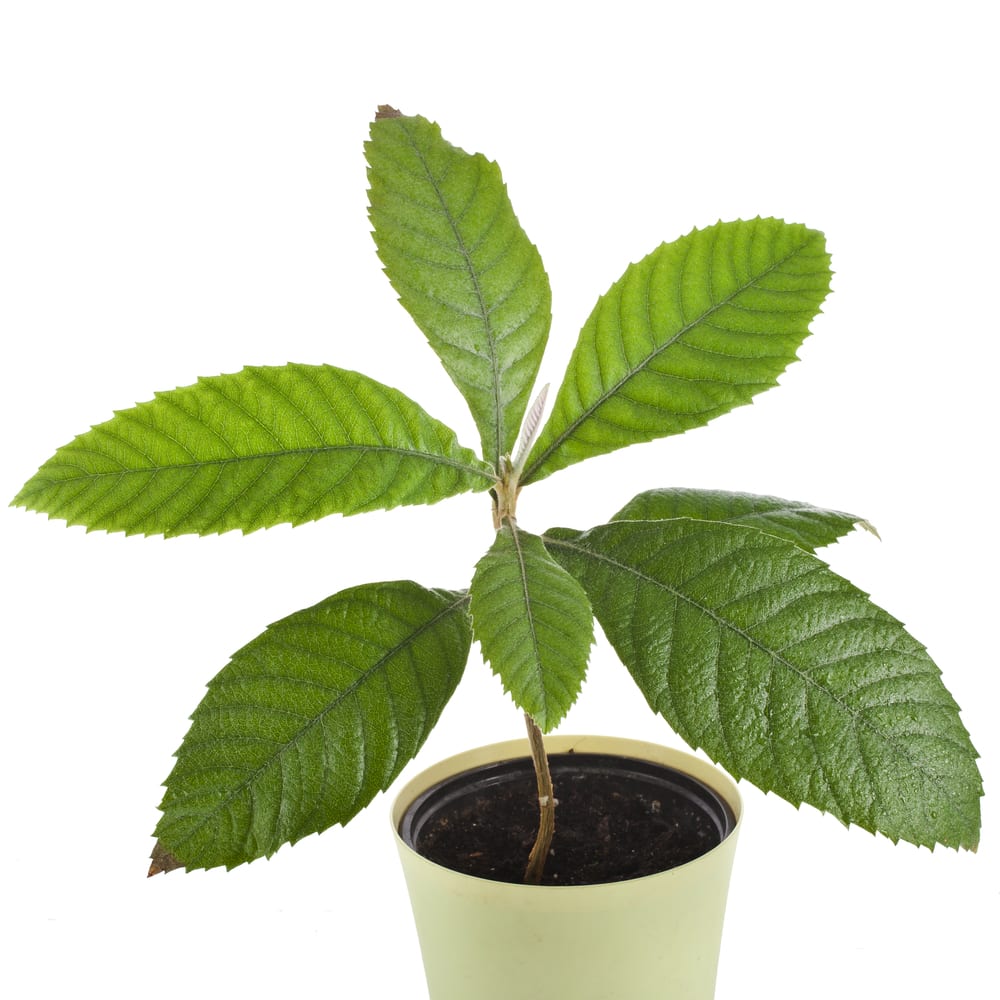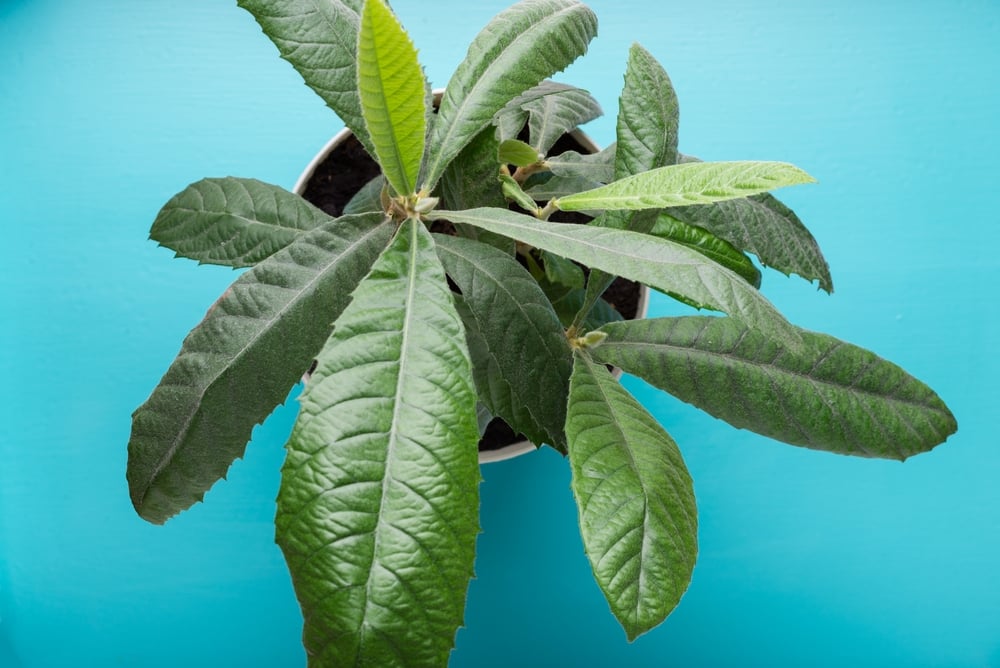Do you like fruiting trees and love the taste of mango, citruses, and peaches? Then, you’ll love the Loquat tree! This plant, also known as the Japanese Plum tree, can be a fun addition to any garden. After all, it is relatively easy to grow (in a suitable climate) and produces brightly colored fruits that taste similar to citrus, mango, and peaches.
You may have never heard of loquat, but trust us: it is a tree you should consider adding to your garden. But what if you don’t have much space in your yard? Keep reading to learn everything you need about growing loquat trees in pots! Here, we collected all the tips you must be familiar with before deciding how to grow your plant.
Loquat Tree Plant

Loquat trees are native to China, but many people grow them in Japan, India, the Mediterranean, and the warmest regions of the United States (such as California and Florida). These plants don’t do well at low temperatures and need plenty of warmth and sunlight.
Under ideal conditions, these fruit trees can grow up to 30 feet tall and about 12 to 15 feet wide. They produce juicy orange to yellow fruits with thick skins that you can eat fresh or turn into a delicious jam. You can find loquats in more than 800 varieties, some better adapted to the United States’ climate.
Also, most species are self-pollinating, meaning they don’t need to have other trees around to produce fruits. Still, you may get a more abundant crop by pairing your plant with another tree.
The plants flower at the end of the summer and produce fruits between October and February. While the plants do well on patios, we suggest you not place them next to a sidewalk: they can be messy when they fruit!
Plant your tree in well-draining soil and expose it to proper sunlight. But what else should you do if you decide to grow this tree in a container? Jump to the following section to find out!
Growing Loquat Trees in Pots
Let’s go straight to the answer: yes, you can grow loquat trees in a pot. All you have to do is to follow the proper steps. Doing so might be ideal if you need to contain the plant’s spread in your garden or live in a region where winters are colder than loquats can stand. Indeed, growing a plant in a pot means having fewer problems with moving it around when necessary.
But how do you grow a loquat tree in a pot? To begin with, you must select a container with adequate size. It should be 24 inches wide (at least) and deep enough to welcome the plant. Remember that you may have to transplant your tree to a different pot as it outgrows it to prevent it from becoming root bound.
One of the crucial factors in growing a loquat tree is to select the proper potting mix. It must be well-draining and rich in nutrients. Also, consider mulching around your plant to increase water retention, improve drainage, and add extra nutrition to your plant.
Doing so will encourage fruit production in the fall. While fertilizing might be a good idea to boost the plant’s development, avoid using products high in nitrogen: they can reduce flowering (and, therefore, fruits!).
Don’t forget to water your tree thoroughly after you plant it: it will reduce transplant shock and maximize the plant’s chances of establishing itself in the new location.
Caring for a Potted Loquat Tree
One of the things you should know about loquat trees is that their roots are shallow. So, you must be careful when planting them and caring for them. For instance, avoid weeding with too much strength and be mindful about watering your plant.
Loquat trees are drought resistant but will perform better with regular moisture. However, they will struggle to survive in soggy soils: wet conditions may kill your plants.
Besides following a regular watering schedule and keeping an eye on your tree’s development (for instance, by taking measures if bugs appear), you’ll also have to prune your tree after harvesting its fruits.
Remove old and unhealthy branches to encourage new growth in the spring. Doing so will also improve airflow and maximize sun exposure, minimizing attacks from pests and fungal infections.
